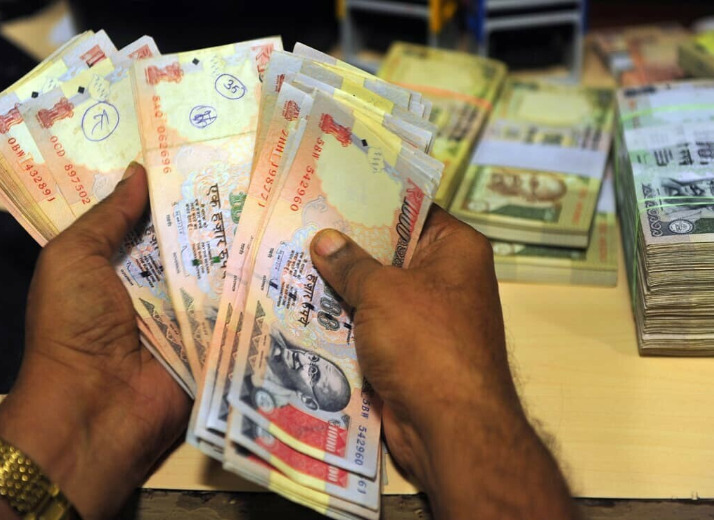Tuesday finds the Indian Rupee (INR) trading on a weaker note. The INR reached a nearly three-month high on Monday due to dollar sales by custodial institutions, but demand for the USD from importers dragged it back and caused it to close marginally lower. USD/INR advances due to the resurgence of USD demand.
However, expectations of three rate cuts from the Federal Reserve (Fed) in the coming year could limit the US Dollar (USD) upside and serve as a headwind for USD/INR.
Read more: The KSE-100 Falls Nearly 4% As A Significant Correction Persists.
On Friday, foreign investors acquired Indian shares worth over $1 billion, according to National Securities Depository Ltd. This follows purchases of $1.5 billion in the first four days of the week. Amid minimal trading activity, the market may encounter turbulence as participants prepare for the extended holiday weekend.
Monday, Pankaj Chaudhary, India’s Minister of State for Finance, stated that it is impossible to pinpoint the precise effects of the rupee’s depreciation on the country’s imports and exports because numerous other factors also account for trade fluctuations.
Chaudhary further stated that the market determines the INR exchange rate and has no specific target, quantity, or band. Governor of the Reserve Bank of India Shaktikanta Das said earlier this month that the Indian rupee was less volatile than its emerging market peers in 2023.
Tuesday’s dissemination US housing data, including Building Permits and Housing Starts, will be the focus of investor attention. The US Gross Domestic Product Annualized (Q3) and the Core Personal Consumption Expenditures Price Index (PCE), the preferred inflation gauge of the Federal Reserve, will be scrutinized later this week, on Thursday and Friday, respectively.
Daily Digest Market Movers: In the face of global challenges, the Indian Rupee maintains a weak position.
As per bankers and analysts on Monday, importers may be able to hedge a substantial portion of their short-term foreign payments against the Indian rupee’s ascent to its most significant level in nearly three months.
The Reserve Bank of India (RBI) reports that India’s foreign currency reserves reached a four-month peak of $606.859 billion, an increase of $2.816 billion for the week ending December 8.
In October, the Reserve Bank of India (RBI) maintained critical policy rates unchanged while increasing its GDP growth projection for fiscal year 2023–24 from 6.5% to 7.0%.
India is demonstrating remarkable economic strength and resilience as it navigates a trajectory of rapid expansion, surpassing worldwide uncertainties. The Asian Development Outlook states as much.
John Williams, the president of the Federal Reserve Bank of New York, stated that the organization is not currently discussing rate reduction and that it is premature to speculate.
Raphael Bostic, president of the Federal Reserve Bank of Atlanta, predicted that if inflation declines, the Fed could begin reducing interest rates in the third quarter of 2024.
Technical Analysis: The Indian Rupee maintains its focus on the longer-term range.
The Indian Rupee has weakened in value today. Since September, the USD/INR pair has fluctuated between 82.80 and 83.40. The USD/INR pair has reclaimed its position above the significant 100-day Exponential Moving Average (EMA) on the daily chart, maintaining its optimistic outlook. The 14-day Relative Strength Index (RSI), which is currently below the midline of 50.0, warns bullish traders to exercise caution.
Short-term declines to 82.80 are conceivable in the event of a decisive breach of the critical support level at 83.00. The level in question is the intersection of the trading range’s lower limit and the September 12 low. The subsequent level of contention is near the low point of August 11th, which is 82.60. In contrast, the 83.40 level of the upper boundary of the trading range serves as an immediate level of resistance. An additional positive indicator to consider is the year-to-date (YTD) peak of 83.47, progressing toward the psychological round threshold of 84.00.

